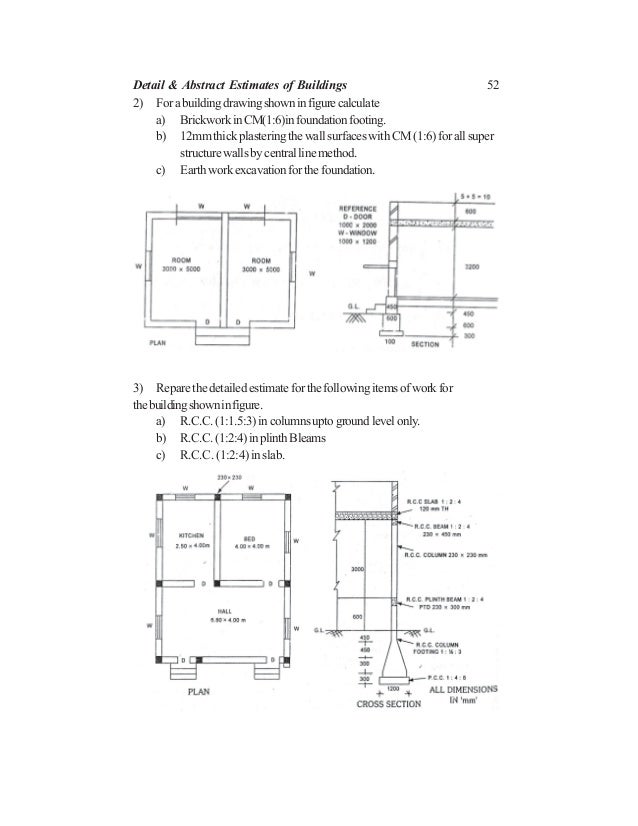Common Arrangement Of Work Sections For Building Works Pdf Writer
The solidly-grounded system is the most common system arrangement, and one of the most versatile. The most commonly-used configuration is the solidly-grounded wye, because it will support single-phase phase-to-neutral loads. The solidly-grounded wye system arrangement can be shown by considering the neutral terminal from the.
Common Arrangement Of Work Sections For Building Works Pdf Writer Crossword Clue
Create a form | Import or scan a form | Distribute form | Track form | Forms FAQ |
This document explains the PDF forms basics in Acrobat DC. (If you are looking for information on how to create a form from scratch, create a form from a scanned document, distribute a form or track a form, click the appropriate link above. To explore the common questions on forms, click the Forms FAQ link.)
You can fill in forms using either Acrobat or the free Acrobat Reader. You can create static or interactive forms in Acrobat. Interactive forms streamline the process of filling in and collecting data.
You can use Acrobat to create forms using one of the following methods:
Convert an existing electronic document (for example an Adobe PDF, Microsoft Word Adobe dreamweaver cs3 free download. , or Excel document) to a PDF form.
Scan a paper form to convert it to a PDF form.
After you convert an existing document to a PDF form, you can add fields to it to convert it to an interactive form.
An interactive form can be filled out on a computer and submitted through an Internet or local network connection.
Setforms preferences to control various aspects of your interactionwith form fields.
In the Preferences dialog box, select Formson the left. The forms preferences are organized in three sections:General, Highlight Color, and Auto-Complete.
Note:
Theforms preferences apply to the way the application handles openforms as you work. The preferences aren’t saved with the PDF formsthemselves.

Automatically performs all field calculations upon user entry.

The setting for this option only applies to your current session.
Automatically adjust tab order when modifying fields
Resets the tab order when you create, delete, or move formfields.
Indicates which form field currently has the focus.
Show Field Preview When Creating Or Editing FormFields
Displays the appearance of a form field when you create oredit forms.
Displays a black outline around a form field when you placethe pointer over it.

Displays three options for Auto-Complete: Off, Basic, or Advanced.
Twitter™ and Facebook posts are not covered under the terms of Creative Commons.